Sicilian Defense: Playing Against it – Complete Guide
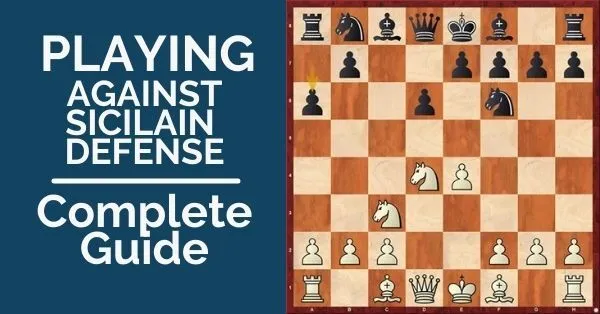
Sicilian Defense is black’s most popular response to 1.e4. It is an opening employed at every level, from club players to top Grandmasters. There are many ways to play the Sicilian Defense and the resulting positions can be very different, which makes it a great opening choice for any player, regardless of their style. In general, the Sicilian is a dynamic opening and many lines can lead to sharp positions.
However, there are also quieter lines, which lead to a long, strategic battle. In general, the Sicilian is a sound opening and, if you are a 1.e4 player, you’ve probably faced it several times in your games. If you are considering playing 1.e4, “what should I do against the Sicilian?” is most likely your biggest question.
So let’s briefly go through the options you have against this opening.
Options against Sicilian Defense
The first thing you have to consider when choosing a system against the Sicilian is how much time you are willing to spend on learning theory. We can generally split the way to play against the Sicilian in two big categories – the Open Sicilian Defense, where you go for the main lines after 1.e4-c5 2.Nf3 followed by 3.d4 and the Anti-Sicilians, where white doesn’t push d4 anymore or only does so much later. Against the Open Sicilian black has many options and can choose between various plans, with some lines requiring a lot of studying, knowing the theory very well, and keeping updated with the latest trends. The amount of theory in the Anti-Sicilians is considerably less, with a lot of systems to choose from as white.
In this article, I’m going to focus on the Open Sicilian and give you an idea of the options you have against black’s different set-ups. Before you decide on your lines, take a moment to think about the kind of positions you would like to play after the opening. Are you an attacking player, do you like complications or would you rather play a quiet, positional game? Also, it might make sense to choose the same type of ideas against different variations. There are set-ups that work against more than one line, so make sure you give this a thought as well. Let’s see now what are some of black’s main options in the Open Sicilian.
1. The Najdorf
The most popular line that black can opt for in the Sicilian Defense is probably the Najdorf. Players of every level like it, as it is flexible, rich in ideas, and is a weapon that black can use to fight for the win. On the downside, it is an opening that requires a lot of studying, with a good amount of theory to learn. Players are trying to find new ideas all the time and you should always keep your lines updated.
The opening is named after Grandmaster Miguel Najdorf, although he wasn’t the first one to play it. It was also one of the favorite openings of top players like Bobby Fischer and Garry Kasparov. It is an opening that has passed the test of time and even now players employ it confidently at the highest level.
The Najdorf appears on the board after the moves 1.e4-c5 2.Nf3-d6 3.d4-cxd4 4.Nxd4-Nf6 5.Nc3-a6:
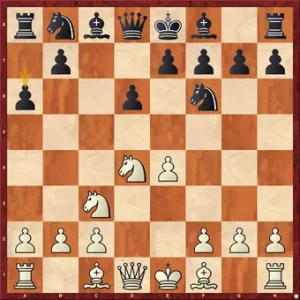
Here white has many options and you can choose to take the game into the kind of positions you feel comfortable with.
We can say that there are three main systems:
- The first one is 6.Be2. This line is more positional and has been employed successfully by players like Anatoly Karpov, Efim Geller, and Nigel Short.
- If you like complications, 6.Bg5 is a very aggressive and concrete line. This move practically forces black to play with 6…e6 and after 7.f4 there are many possible continuations that lead to complicated positions in which you will have to know very well what you are doing. One of them, for example, is 7…Qb6, which can lead to the poisoned pawn variation after 8.Qd2. It usually leads to extremely sharp play where the slightest inaccuracy is fatal for either side.
- An in-between option could be the English Attack, which arises after 6.Be3. Here white’s plan is to go f3, g4, Qd2, and castle long. This set-up is very popular against the Sicilian and if you like the arising positions, it is an option you can choose against various lines of the Sicilian Defense.
There are, of course, many other ways of playing against the Najdorf, with other possible 6th moves being Bc4, f4, h3, f3 (this will usually transpose to the English Attack) or g3.
2. The Dragon (Sicilian Defense)
Players who choose this line with the black pieces aim for a sharp, aggressive play, trying to put white under pressure right from the start. It is a line full of tactical ideas, perfect for those who want to play for a win with the black pieces.
Let’s briefly look at your options.
The Dragon arises after the moves 1.e4 c5 2.Nf3 d6 3.d4 cxd4 4.Nxd4 Nc6 5.Nc3 g6:
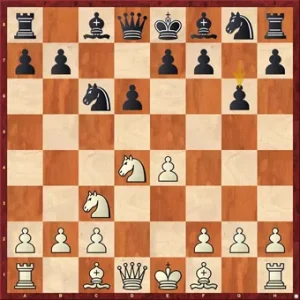
- The main plan against the Dragon is the Yugoslav Attack. This is a heavily analyzed line, but if you like complications and race-to-mate pawn storms, this variation might be for you. It continues with 6.Be3 Bg7 7.f3 0-0 8.Qd2 Nc6 9.Bc4, after which white will play 0-0-0 and start the attack on the kingside with h4-h5.
- A more positional option against the Dragon is playing with 0-0, after 6.Bc4 Bg7 7.Be3 Nf6 7.0-0. After 7…0-0 white can play with either f3 or h3, keeping the option of pushing the pawn to f4 and going for more dynamic positions.
We also recommend reviewing the 7 Greatest Games on the Dragon and King’s Indian Attack vs. the Dragon.
3. The Accelerated Dragon
is another way of playing the Sicilian Defense; here black will fianchetto the dark-squared bishop too, but won’t hurry up with playing d6:
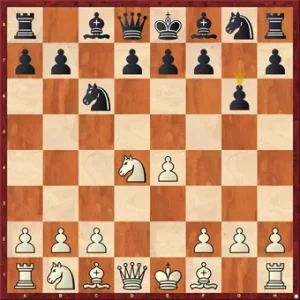
The main idea of this opening is to save a tempo and achieve the typical d5 break in one move (d7-d5). With this line, black usually avoids the double-edged play that can arise in the Dragon with castles on opposite sides.
There are a few options for meeting the Accelerated Dragon:
- You can play in a similar way, with Bc4 and transpose to the line described above. In this variation, black can no longer achieve the break d5, since the bishop on c4 is doing a great job controlling this square and will have to play with d6.
- The main difference from the “normal” Dragon is that you can opt for the Maroczy by playing 5.c4. This is a very solid line, where white plays with more space, controlling the center and black’s main idea of playing d5.
Want to learn more about this topic? Make sure to read more on Sicilian Defense Dragon Variation with GM Marian Petrov [TCW Academy].
4. The Sveshnikov Variation (Sicilian Defense)
The Sveshnikov Variation (also known as the Pelican), where black responds with 4…Nf6 5.Nc3 e5:
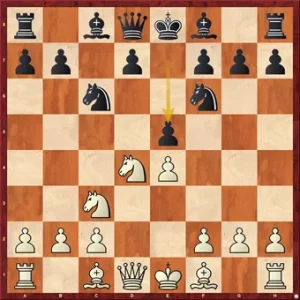
This is one of the most dynamic systems for black. The second player immediately takes space by pushing the e pawn, but in return weakens the d5 and f5 squares. Here you have to know that the tempting 6.Nf5 doesn’t work, since black can play d5. The game continues with 6.Ndb5 instead d6 7.Bg5 a6 8.Na3 b5, which was Sveshnikov’s innovation.
The Scheveningen Variation, where black plays with pawns on d6 and e6 (1.e4-c5 2.Nf3-d6 3.d4-cxd4 4.Nxd4-Nf6 5.Nc3-e6):
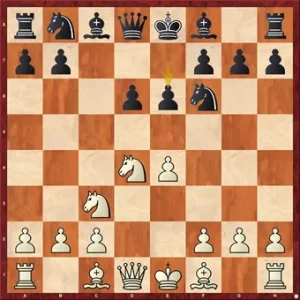
This set-up retains control of the critical d5 and e5 squares and gives black flexibility – either d5 or e5 can be played later on in the game.
There are a few ways to meet this:
- The Keres Attack is one of the most aggressive ways to continue – 6.g4.
- The Classical Variation arises after 6.Be2. White will play 0-0, f4, place the light-squared bishop on f3 and enjoy a pleasant position.
- The English Attack can also be used here. Just like in the Najdorf, white plays 6.Be3, followed by f3, g4, Qd2, and 0-0-0.
These are some of the most popular lines that black can play in the Sicilian Defense, but you shouldn’t stop here. There are many other set-ups you should be familiar with, such as the Kan or the Taimanov. Make sure you have a good understanding of the different plans in these variations and choose your lines according to your style!
We also recommend reviewing Kamsky vs. the King’s Indian Defense – The London System.
Learn how to beat the Sicilian Defence:
https://thechessworld.com/store/product/beating-the-sicilian-with-gm-homayoon-toufighi/



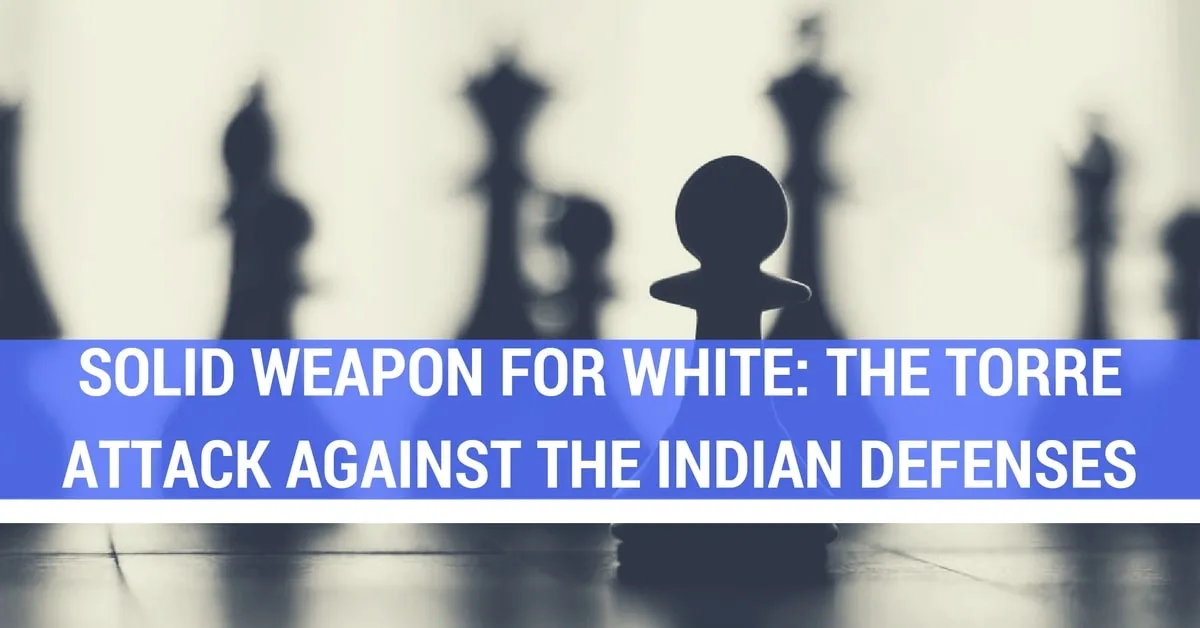
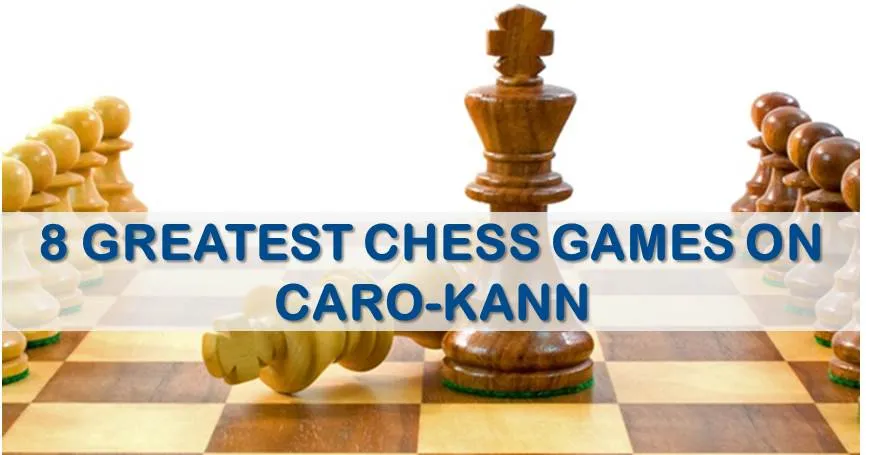





Comments: